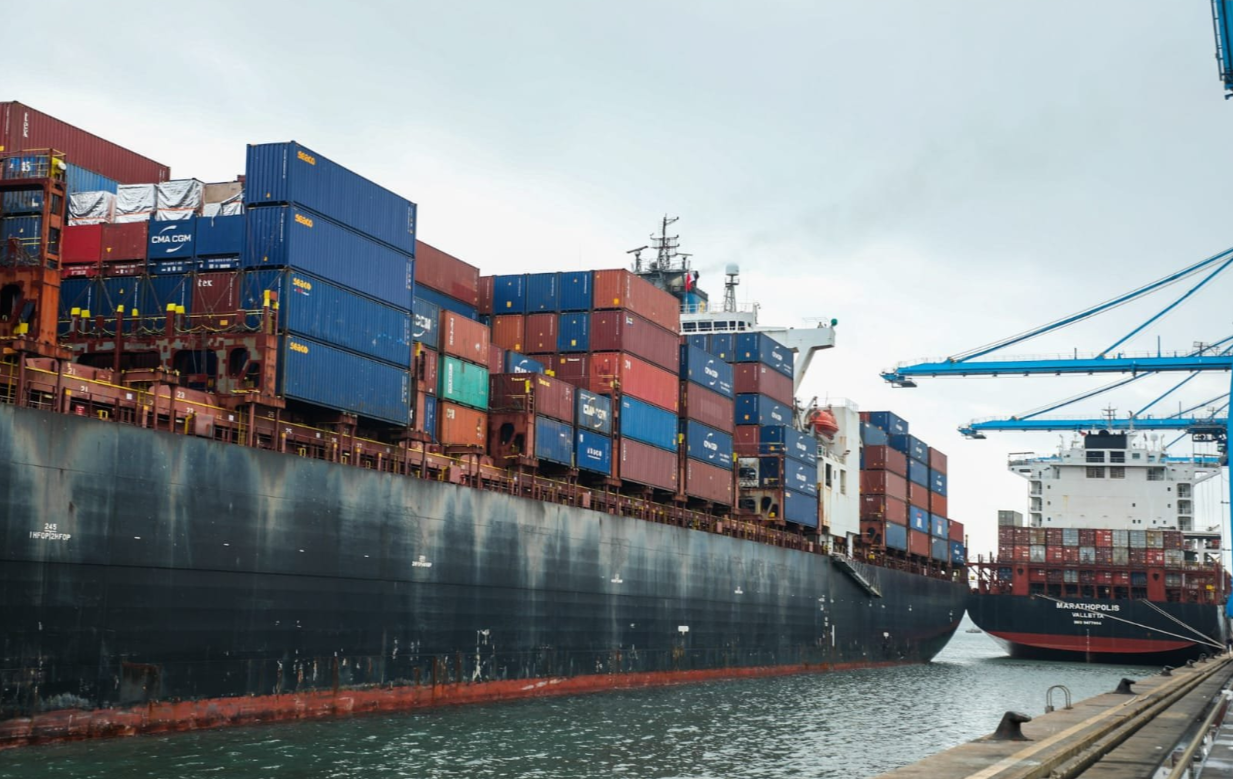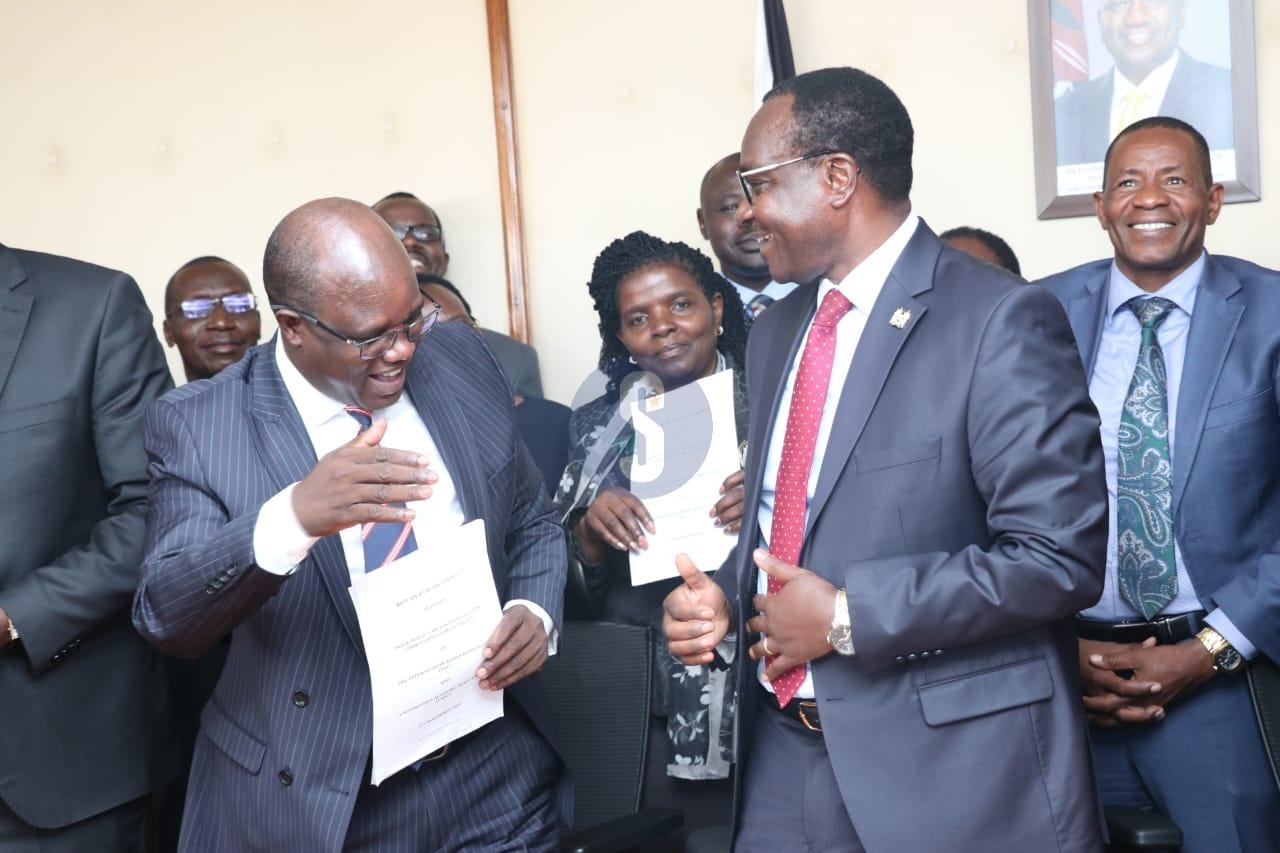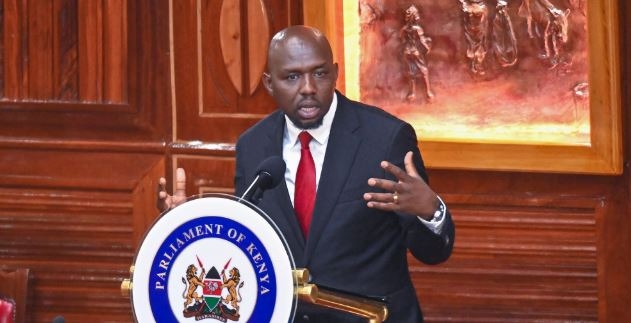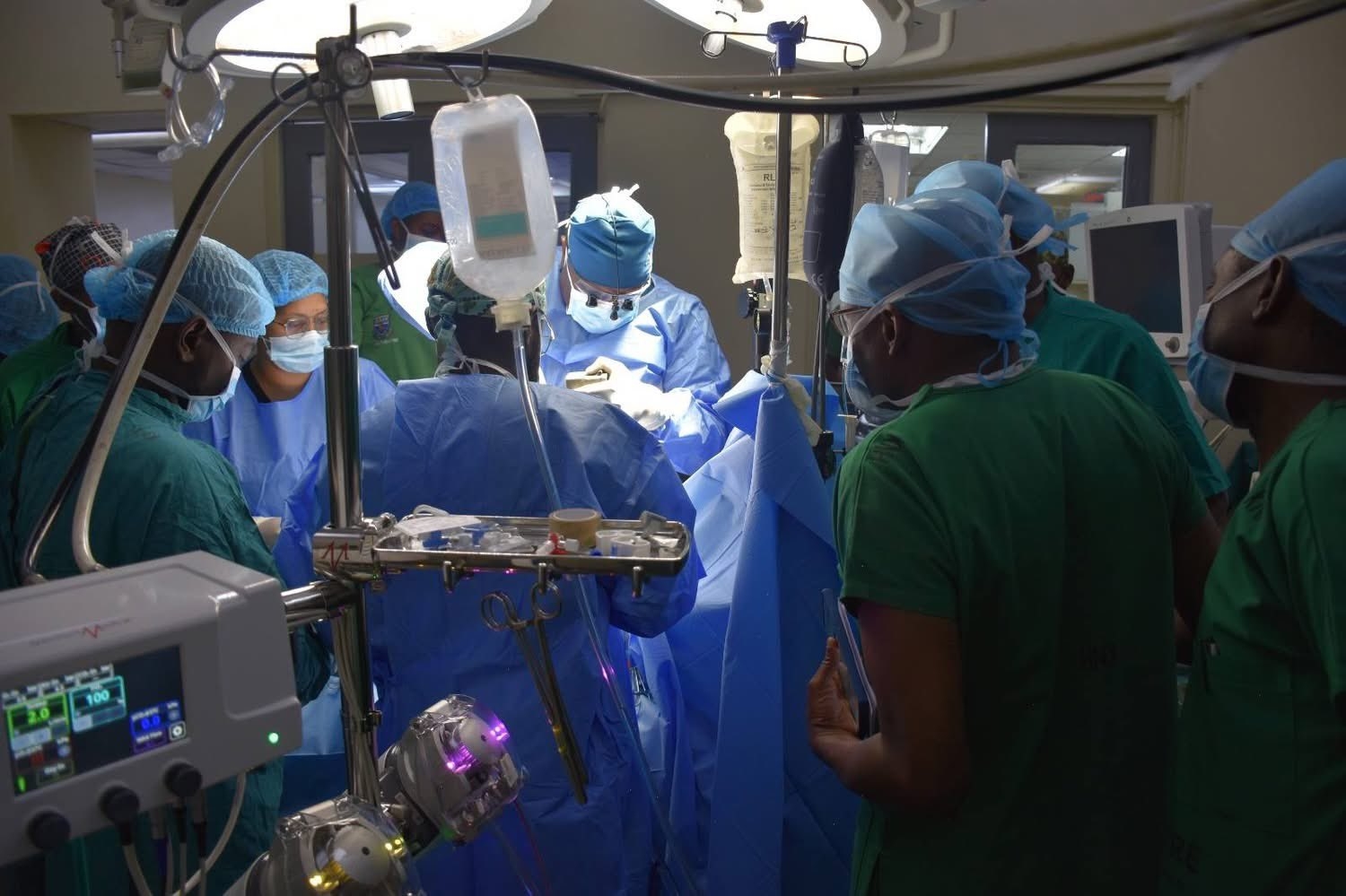

The continent needs to shift from negotiations to implementation of the African Continental Free Trade Area (AfCFTA), trade bodies now say, as the pact takes shape.
This comes even as tariff and non-tariff barriers continue to impede trade under the continental pact which came into force on May 30, 2019.
About 90 per cent of tradable goods in the continent are still facing tariff challenges.
This is in addition to infrastructure deficiencies, inadequate transportation networks and border facilities that are further impeding the implementation of AfCFTA, according to the East African Business Council (EABC).
There has been a stalemate on textile and apparel, sugar and sugar products, goods produced in Special Economic Zones (SEZs), edible oils and motor vehicles.
“We are equal partners in ensuring the integration of Africa for increased trade and prosperity is a success,” EABC Vice chairperson (Uganda), Simon Kaheru, said noting that the private sector have the most critical role to play in making the aspirations of the AfCFTA a reality, and commended the AfCFTA for facilitating the dialogue.
“Our interests are the same, even though the private sector focuses on profit and business growth and the public sector aims at the creation of jobs and wealth for our largely youth demographic across the continent,” he added.
AfCFTA Secretary General Wamkele Mene has since stressed the urgent need to “shift from negotiations to implementation,” noting that the AfCFTA is Africa’s response to current geopolitical challenges through industrial development, “ensuring that no country is left behind.”
Kenya, alongside Ghana, Cameroon, Egypt, Rwanda and Tanzania, were the six countries picked to lead the pact in the pilot phase.
Ghana and Kenya became the first to ratify the AfCFTA and deposit instruments of ratification with the AU Commission, after the agreement was adopted by the AU Extra-Ordinary Summit on March 21, 2018 in Kigali, Rwanda.
While start of trading under the AfCFTA agreement began in 2021, no official trade has taken place under the regime, according to the AfCFTA secretariat, save for the goods moved during the trial phase.
Kenya had identified 14 merchandise and service sectors for a start, prioritising sectors in merchandise trade include agriculture, livestock and fisheries, manufacturing, handicrafts, mining, oil and gas.
Priority export sectors under services trade are business including professional services, tourism, education, health, financial services, ICT, cultural and sports services; and transport and logistics.
The country is keen to use the AfCFTA agreement to expand its exports and industrialisation, with ongoing initiatives like Guided Trade Initiative and partnerships to digitise trade.
It is also banking on the pact to open up opportunities for MSMEs.
Kenya is part of the GTI, a pilot programme that allows for the trial trading of goods under the AfCFTA. Recent trading activities include exports to Ghana and a new partnership with Ethiopia for reciprocal trade under the AfCFTA.
The government has committed to harnessing the benefits of AfCFTA which represents one of the most ambitious trade pacts creating an integrated market of over 1.4 billion people, with a combined GDP exceeding $3.4 trillion (Sh439.3 trillion).
Speaking during a National Assembly Engagement Workshop on AfCFTA Phase II Protocols, Trade PS Regina Ombam emphasised that regional and continental integration are critical to achieving Kenya’s national development aspirations.
She reaffirmed the country’s readiness to translate AfCFTA commitments into tangible benefits for Kenyan businesses and citizens.


















